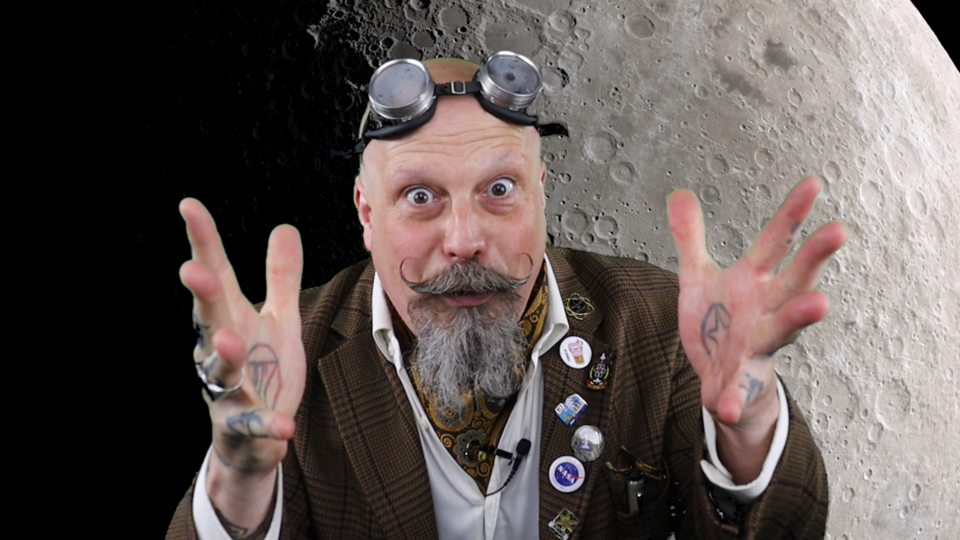Each month, GuelphToday will share a Star Gazing Guide presented and organized by The Great Orbax, a science communicator from the University of Guelph's Department of Physics and local science education advocate.
Greetings Star Gazers!
Orbax here.
I’m a science communicator from the department of physics at the University of Guelph and I’m here to fill you in on what our April night skies hold for the astro-curious out there, young and old.
Well, here we are! It’s April and southern Ontario has succumbed to total eclipse mania. It’s on the news, on TV, the radio, even your favourite blogs. April 8 from 2 until 4:30 p.m.
So what’s the big deal with this eclipse?
Well first let’s start out by defining a total solar eclipse. We live in a very peculiar set of circumstances. You see our sun is 400 times the diameter of our moon, but it’s also 400 times further away from us. As a result, our sun and moon appear to be about the same size in the sky. What this means is that every 18 months or so the moon’s orbit lines up such that it blocks our view of the sun. We call this a total solar eclipse.
Now this doesn’t happen on other planets, as a matter of fact we’re the only planet in the solar system that you can stand on the surface of and see a total solar eclipse!
But if this happens every 18 months, then why is this one a big deal? Well, here’s the thing. Seventy-one per cent of the surface of the earth is water, and of the remaining 29 per cent of land only 43 per cent of that is habitable! Not mountains or ice or dessert, meaning that you’ve already massively reduced the area from which we can even try to observe this event. Add to that the earth’s rotation and you end up with the statistic that a total solar eclipse only happens in the same spot once every few hundred years.
Now partial eclipses are more common. We had one back in October with 30 per cent coverage, or at least it seemed that way under the clouds, and we had a memorable one back in August 2017 with a whopping 70 per cent coverage. As it turns out the one on the eighth will only be a partial solar eclipse visible from Guelph, even though it will have a staggering 99.1 per cent coverage. If you have access to travel, I recommend that you try and make it to totality. Even as close as Hamilton you’ll be able to see almost two minutes of total coverage of the sun by the moon, and your next chance around here won’t be until 2144.
Now I have to take a moment to point out that you should never stare at the sun, even if it’s mostly covered, even at 99.1 per cent coverage it can still cause massive damage to your eyes. Only view the eclipse through ISO 12312-2 certified glasses or viewers. How will you know? It should be stamped very clearly somewhere on the viewers themselves.
If you want to know more, check out my full range of eclipse videos here:
https://www.physics.uoguelph.ca/events/2024/04/2024-partial-solar-eclipse-viewing
Which go through more of the science and safety behind eclipse viewing. You can also join us on Johnston Green up at the U of G on the eighth, weather permitting, for a safe viewing experience.
I hope you enjoy this month’s Star Gazing Guide. If you want to learn more, check out the April Star Gazing Guide video on the Guelph physics YouTube channel. Not only is star gazing a great way to learn about space, planets and the stars but it’s also a great way to spend time with other curious minds.
Until next month I wish you clear skies and I hope you take some time… to look up.
